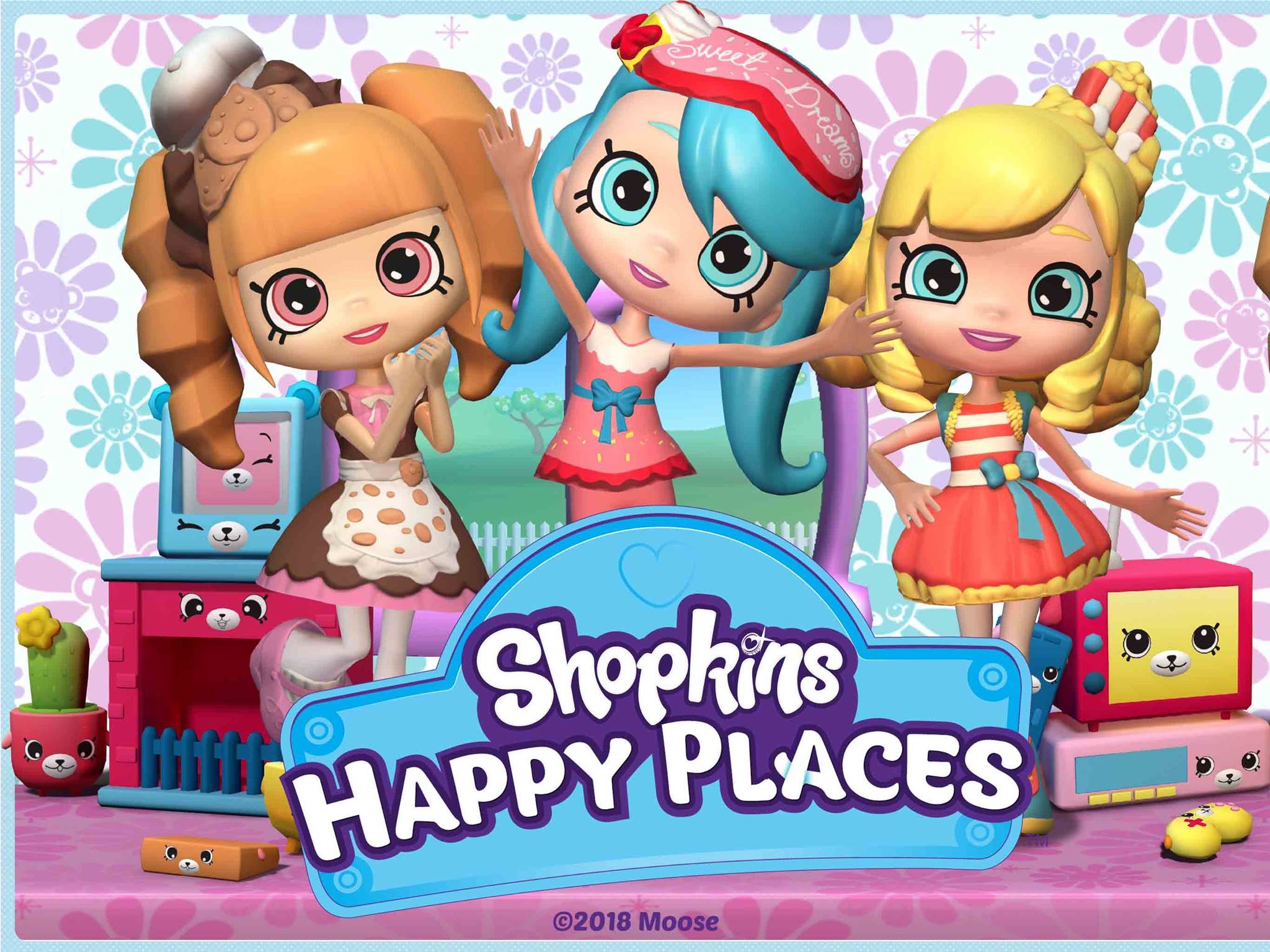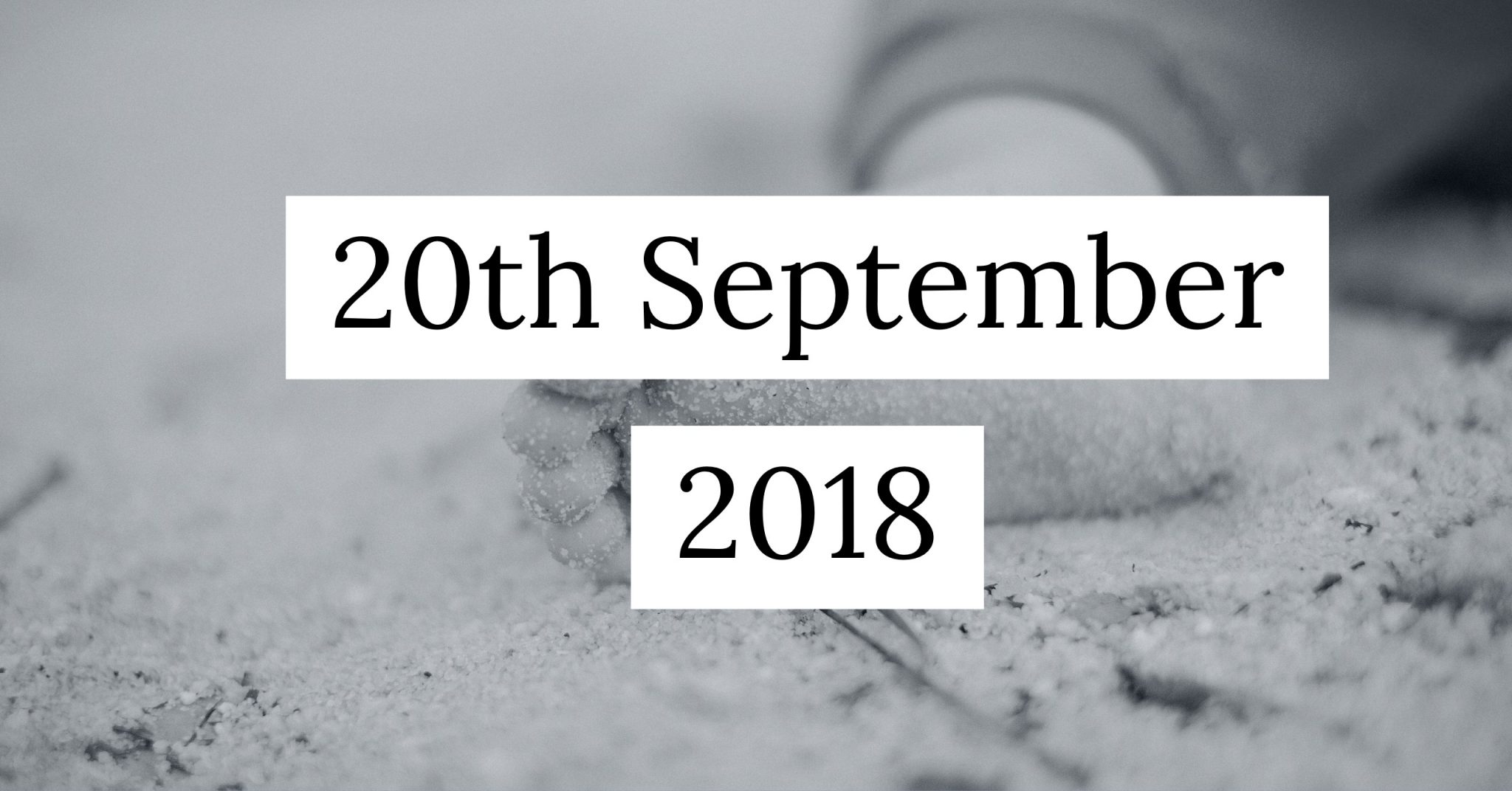First Trimester Update
Now I’ve finally announced our exciting news and that we are pregnant I wanted to give you a little run down on those first twelve weeks. I am 13 weeks pregnant today and that marks the end of the first trimester and whilst it’s been exciting it’s also been full of anxiety right up until I walked into the ultrasound room. Until I saw my baby and heard the sonographer say there was a heartbeat I was just really worried. It’s been a very long time since I was last pregnant and I really sort of forgot what that first trimester is really like! We actually found out on 17th January which is apparently the day that a lot of women find out they’re expecting. I’m sure you can guess why…and calculating from my last period I was around five weeks pregnant. I took a standard home pregnancy test and then called Adam in the middle of his Psychology class because I couldn’t wait until he got home at 1.30pm. We both were really excited and in turn told our mums.
How Have Things Been Going?
The first trimester is never the easiest. You can’t really feel any movement so other than a test and no period it’s not really been very obvious. I’m overweight too so there will be no bump to speak of because I already have a lot of fat around my stomach. Perhaps when we get to July or August I might actually look pregnant but I don’t think I really did when I had Evie and whilst I was a bit smaller than I am now, I still had a lot of tummy fat. Being pregnant with another child is harder but I’m really glad Evie is just that little bit older. Adam has also helped a lot with some of the school runs where I’ve just felt really exhausted. Having half term and the snow days helped a little too because it was a few more days I didn’t have to leave the house. We are all really excited and the family are too which is really nice. Adam only has his mum, nan and sister close by but they were so happy for us when we told them the news. I’m really glad to have my family much closer to me this time around too as I was 100 miles away from them when Evie was born.

Any Symptoms?
The first trimester is usually full of uncomfortable symtoms. Now this is what hasn’t really helped my anxiety very much because I’m one of those annoying women that don’t seem to get morning sickness. It hasn’t helped my anxiety because so many people say things like “Well at least with morning sickness I know the baby is there.” which has really been playing on my mind. However, not getting sick is completely fine with me as I suffer with emetophobia which is a really horrid anxiety around vomit. I am incredibly glad I don’t get morning sickness because just the feeling of feeling nauseous has been enough to set off my anxiety. I truly can not deal with sick at all. It causes horrible panic attacks for me. I know it seems really strange because no one likes being sick but it is so much worse when you have an actual fear of it. The nausea, thankfully, went around week seven and has stayed away since although there has still been some dry retching thanks to nasal congestion and how sensitive my sense of smell has become.
I’ve also had a few of migraines and a lot of headaches which is not uncommon for me. I did think at first it might be caffeine withdrawal as I was drinking a lot of diet coke alongside tea and coffee. It’s really horrible when you’re so restricted to just paracetamol and I’m really trying not to take it for every headache but it can be quite tough. Other than that I have again been really tired. I’ve had a few afternoon naps and have been often drifting off to sleep around 8pm most nights. This is starting to fade a little because I am waking up at really silly times in the morning and that isn’t helping the problem so I’m trying to keep busier in the evenings now I have a bit more energy back. Thankfully there has been no constipation this time around but I have felt really bloated and had some indigestion. This has been in the last few weeks more than throughout the entire first trimester but it’s very uncomfortable. I’ve been trying to drink 3 litres of water a day and have added in some herbal peppermint tea which has actually helped me quite a bit.

Any Cravings?
Sour fruit. Or just really juicy fruits which to be honest isn’t that bad a thing to crave. At least I’m getting in some extra vitamins although I’m trying not to have too much. I haven’t eaten as healthily as I would like but I am working on changing that and making our meals fresher and full of colour instead of opting for quick and easy options. I’ve got lots of slimming world recipes to use although I’m not going to be actively trying to loose weight but I am going to try and swim and walk more. I think this will really help a lot. My plan is to avoid putting on too much weight and hopefully lose a bit of body fat in the meantime. I’ve been completely put off sausages and bacon again which is something I had with Evie. Anything that smells really fatty when it’s being cooked makes me feel awful and I just can’t eat it. I was exactly the same with Evie, is this a sign I’m having another girl? Who knows. One thing I have noticed is I’ve gone from feeling nausea to super hungry in moments to the point I’ve had hunger pains. I’ve given in to a lot of junk food which has annoyed me and it’s something I want to avoid from now on so we aren’t buying it. I’ve written up my Pregnancy Wishlist.
Telling Evie
She was obviously the most important person to tell besides Adam. We had to tell her that sadly we wouldn’t be able to go on holiday to Greece with my mum now which we had planned to do at the start of September and she was really gutted about it. However, when we told her why she completely switched and was super excited. She has been so good at keeping the news a secret from her friends at school too and now she has finally been able to tell them and share her excitement with her teachers. I believe she actually said “Finally, I’m going to be a big sister!” before giving me a big hug. She’s going to make an awesome big sister.
Booking In Appointment
After finding our your pregnant the standard procedure is to book yourself in to the GP for your booking appointment. This is usually around 8-10 weeks and I was 9+6 when I had my appointment. Going through so many weeks of the first trimester without speaking to anyone was really hard though. Before the appointment I went and collected my Bounty pack which contained my notes so I could fill some of the details in before my appointment. My midwife is really nice. She was really reassuring and wasn’t negative or horrible about my weight which I was worried about. We talked briefly through my first pregnancy and labour with Evie and that I’d had an emergency c-section before. I’ll be under consultant care again because of my c-section and a high BMI of 45. I was expecting my BMI to actually be nearer 50 to be honest so I was glad it wasn’t that high. There is so much paperwork to fill in and then the blood tests. All of which have come back absolutely fine which I’m glad about.
I encourage new mums to be as informed as possible so I’ve written a post on books I think you should read when pregnant.

First Scan
I had my first scan at 12+5 weeks at my local hospital although that won’t be the hospital I’ll be giving birth in because it only has a birth centre and I need to be on a site with a theatre. Where I live I had two hospitals to choose from and I’m happy with my choice. My appointment was early in the morning which I was glad about. Being so overweight for the scan I had to hold my tummy up to give them access and the sonographer was pushing down really hard. This actually lead to a little bit of a bleed from my c-section scar which is 7 years old. The bleeding stopped within a day and there’s no infection apparent, I’m not in any pain and I’ve cleaned and dried the area a few times since having the scan with salt water baths. I think it was me maybe holding too tightly, being anxious and the pressure that caused the scan to be quite painful which I wasn’t expecting. I did get a photo although it isn’t very clear because of the restricted view due to my BMI. Having a full bladder did help and the sonographer saw the baby move the head, measured from crown to rump and from what they could see there were no issues. However, I could not have the nuchal screening because the view was so restricted. I’m going back in two weeks for another scan so that the sonographer can get the head circumference and take some more measurements. I’ll be 14+4 weeks at that point so hopefully with a slightly bigger baby things will be easier to spot and it won’t be as uncomfortable.

So there you have it, my mammoth update for the first trimester. I’ll be writing a few updates around my pregnancy and how I’m getting on over the next six months which probably won’t be as huge as this one! I’m now looking forward to enjoying my pregnancy and meeting this new baby. You can now catch up with my 16 Week Check Up too.

For more pregnancy content please head to my hub post which contains links to all my relevant pregnancy based blog posts. My second High Bmi Pregnancy.










